Quick Facts About Neptune’s 13 Small Moons
The Strange Moon System Of Neptune
As of 2017, there have been 14 moons discovered orbiting Neptune, all named after Greek mythology water gods. By far the largest is Triton (making up 99.5% of the mass of the moons), the other 13 moons range in size from 420 km (Proteus) to the smallest being 42 km in diameter and are divided into two groups known as the Regular and Irregular moons.
All The Interesting Fun Facts You Should Know!
The moons of Neptune can be categorized into two groups based on their orbital characteristics: Regular and Irregular.
Regular Inner Moons
- The regular moons are the 7 closest moons to Neptune (in order of distance); Naiad the closest, Thalassa, Despina, Galatea, Larissa, S/2004 N 1, and Proteus which all follow circular prograde orbits in the equatorial plane of Neptune.
- The closest 5 of these small moons orbit quickly (less than 0.56 of an Earth Day) within the Neptune-synchronous orbit (Neptune's rotational period is 2/3 of an Earth day) and thus are slowly being tidally decelerated! This means they’ll likely one day impact with Neptune or be torn apart to form another ring system!
- Not surprisingly then that the inner moons are closely associated with Neptune's rings with the 2 closest moons actually orbiting between the Galle and LeVerrier rings!
- It is not fully understood, but Neptune's inner moons are relatively dark objects that typically only reflect between 6 to 10% of the sunlight that reaches them.
- Scientists believe these 7 inner regular moons, based on their orbits, were re-accreted from the debris formed after the massive moon Triton was captured and its orbit became circular.
The Irregular Outer Moons
- This group includes by far the most massive Neptunian moon Triton, but also 6 small moons that generally follow inclined eccentric orbits with 4 even in retrograde orbits around Neptune.
- Nereid, Halimede, Sao, Laomedeia, Psamathe, and Neso are the names of the small irregular moons with the later 5 being considered similar to the irregular moons of the other Gas Giants and as such are thought to have been gravitationally captured by Neptune.
- Usually, irregular moons are relatively small, that’s what makes Triton and Nereid interesting as they are the largest two (known) irregular moons in the solar system.
- The little moon Nereid, which is the 2nd closest of the irregular moons, has one of the most eccentric orbits (eccentricity of 0.7507) of any known irregular satellite, with the lowest inclination. This has made scientist believe it may have once been a regular moon that was perturbed (scattered) to its current orbit when Triton was captured. How weird and interesting!
- The outer two small moons of Neptune (Psamathe and Neso) have the largest orbits of any moons discovered in the solar system to date. They take 25 Earth years to orbit Neptune! The average distance is 125 times the distance between the Earth and the Moon. Wow!
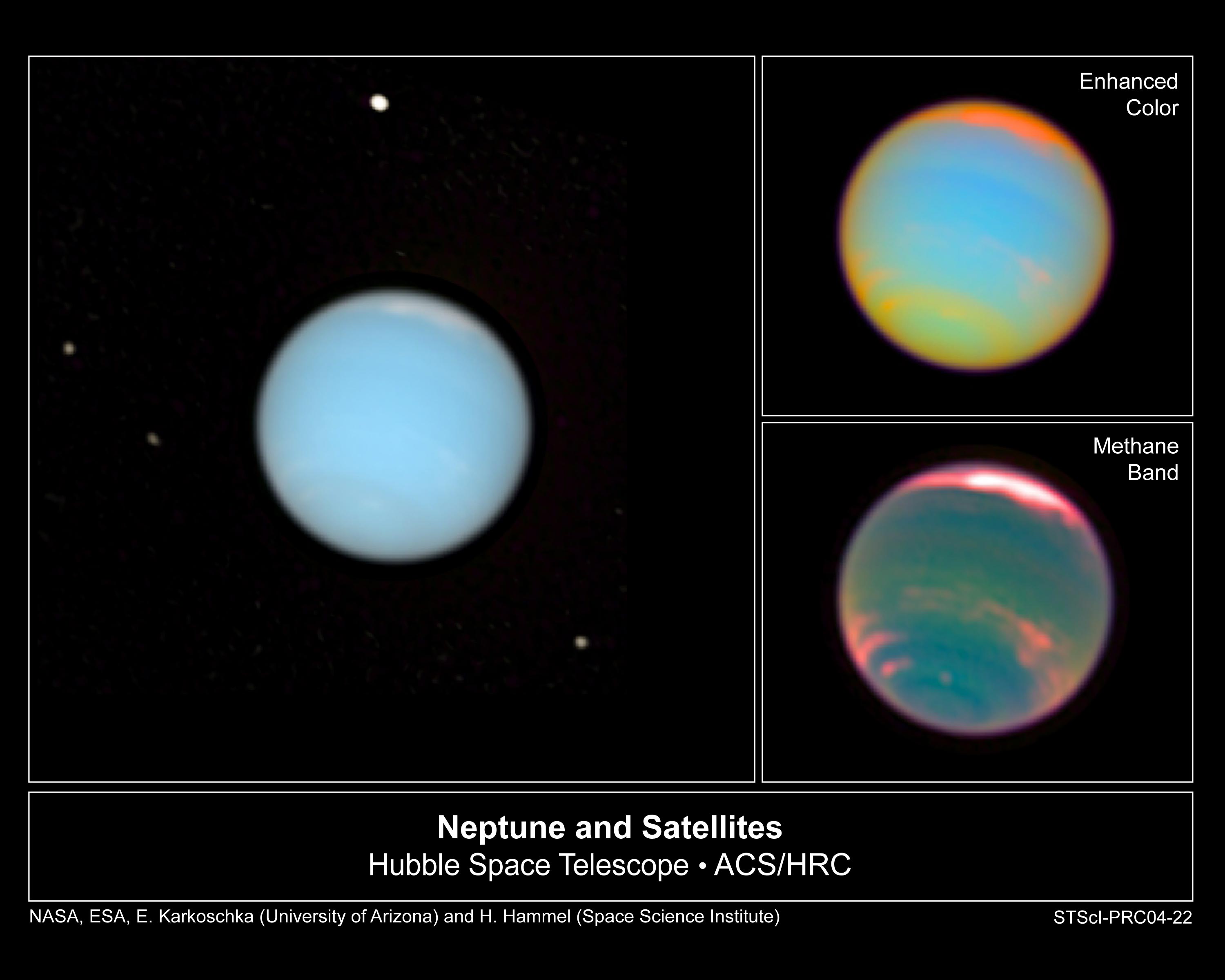
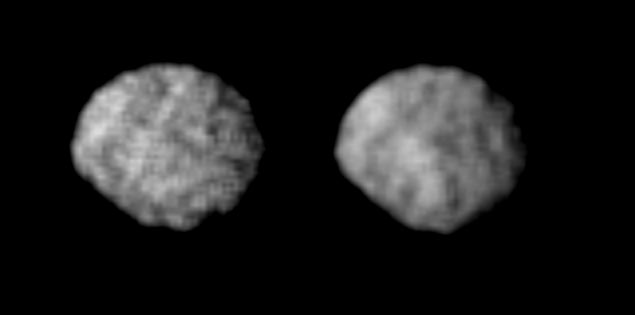
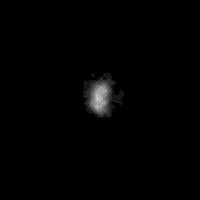
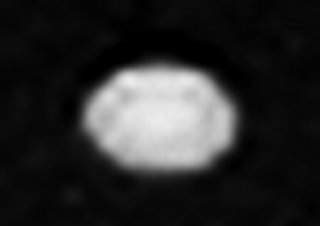
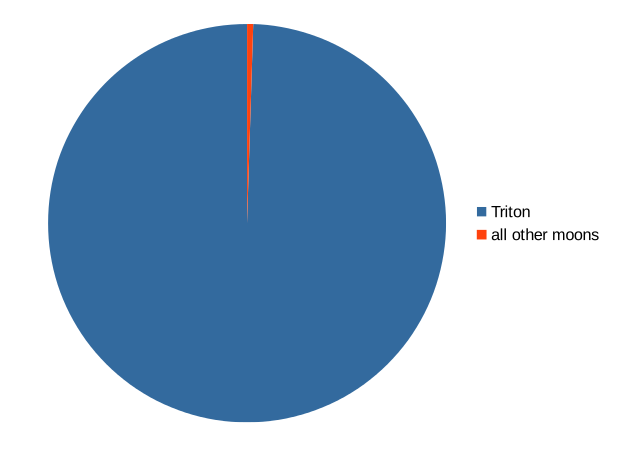
Neptune's Moons
Larissa.
Tiny Nereid
Despina
Relative Mass




